Flat-rate taxation on recorded revenues constitutes a simplified form of taxing revenues generated from business activity. Entrepreneurs (individuals conducting non-agricultural business activity) using this form of taxation pay tax on revenues at a specified rate.
Since tax is paid on revenues, when determining their amount, the taxpayer does not account for expenses incurred in the course of business activity—flat-rate taxation applies to revenues, not income (revenues reduced by costs) obtained by the taxpayer.
The condition for applying flat-rate taxation to revenues is the submission of a declaration of choosing this form of taxation. The declaration should be submitted to the head of the tax office appropriate to the taxpayer’s place of residence by the 20th day of the month following the month in which the first revenue from business activity was obtained. This declaration may also be submitted as part of an update of data in the Central Register and Information on Economic Activity (CEIDG).
Choosing flat-rate taxation applies to subsequent years unless the taxpayer submits a declaration to opt out of this form of taxation in following years.
The applicable tax rate depends on the type of business activity conducted. Flat-rate tax rates are 17%, 15%, 14%, 12.5%, 12%, 10%, 8.5%, 5.5%, 3%, and 2%. It is possible to pay flat-rate tax at one of the rates specified in the Act or—if the activity is diverse (the taxpayer earns revenues subject to taxation at different rates and maintains appropriate records for this purpose)—at several different rates. The possibility of applying a specific flat-rate tax rate depends on the actual type (nature) of services provided within the business activity.
The taxpayer’s business activity must be classified into a specific PKWiU grouping, as this allows identifying the appropriate tax rate under the flat-rate tax regulations.
A 12% rate generally applies to services “related to software” and “software consultancy.”
In situations where the conducted activity (provided services) cannot be classified under another tax rate, the 8.5% rate should apply.
Flat-rate taxpayers are not required to maintain comprehensive books but are obligated to keep records of revenues earned from business activity.
The taxpayer is required to calculate the flat-rate tax on revenues earned in a given month and pay it to the tax office by the 20th day of the following month, and for December—before the deadline for filing the annual return. Quarterly settlement is possible for taxpayers whose revenues in the year preceding the tax year did not exceed the equivalent of EUR 200,000.
After the end of the tax year, taxpayers taxed with flat-rate tax on recorded revenues must file a return between February 15 and April 30 of the following year.
If, in addition to revenues from business activity taxed with flat-rate tax, the taxpayer earned income from other sources during the year, taxed on general principles, they should file a separate return for such income in accordance with PIT regulations (independently of the return filed for revenues taxed with flat-rate tax).
Supreme Administrative Court Ruling (Case No. II FSK 622/24)
The flat-rate tax rates most commonly applied in the IT sector are as follows:
- 15% – applicable to all management consultancy services (PKWiU 70).
- 12% – applies to services “related to software” and “software consultancy,” including revenues from providing services:
- related to computer hardware consultancy (PKWiU 62.02.10.0),
- related to software (PKWiU ex 62.01.1),
- categorized under “Originals of computer software” (PKWiU 62.01.2),
- related to software consultancy (PKWiU ex 62.02),
- in the area of software installation (PKWiU ex 62.09.20.0),
- related to network and IT system management (PKWiU 62.03.1).
- 8.5% – can be applied to “other services” not fitting into any category taxed at a different rate.
In previous years, tax authorities allowed the application of an 8.5% rate for IT services not directly related to software creation.
Despite no changes in the regulations, tax authorities began assuming that the 12% rate applies to services related to software, not limiting this solely to programming matters. The provision does not refer to a direct or indirect connection with software.
Particularly significant is the ruling of the Supreme Administrative Court dated August 23, 2024 (Case No. II FSK 622/24). The case concerned a taxpayer providing services related to designing and developing IT technologies for networks and computer systems (PKWiU 62.01.12.0) and technical support services.
The Court stated that “the fact that the taxpayer’s duties do not include creating computer software is not sufficient grounds to deem that the services provided are unrelated to software.”
As a result, both the tax authority and the Court adopted a broad definition of “services related to software.”
At the same time, the Court did not provide clear criteria for distinguishing between services taxed at 12% and 8.5%.
Management Consultancy
The 15% rate covers management consultancy, including project, strategy, financial, human resources, production, or supply chain management.
Individual tax rulings sometimes confirm the possibility of applying an 8.5% rate for managerial services, e.g., in teams dealing with designing and developing IT technologies (individual ruling dated July 31, 2024, Case No. 0115-KDST2-2.4011.289.2024.2.PR).
When proving that performed services fall within the scope of an 8.5% or 15% rate, caution is advised. There is a risk that the tax authority will classify the services provided as management activities, which would result in taxation under general principles, according to the progressive tax scale.
How to Approach the Subject?
The condition for flat-rate taxation of revenues is submitting a declaration of choosing this form of taxation, typically by February 20. The declaration pertains only to the choice of taxation form and does not specify the rate.
In case of doubts or a desire to apply a lower rate, consider obtaining a classification opinion from the Polish Statistical Office (GUS) regarding the appropriate PKWiU for the services provided. GUS has three months to issue an opinion. Although this opinion is not legally binding for tax authorities, it is a significant piece of evidence in practice.
Depending on the level of risk acceptable to the taxpayer, one may choose a safer solution, such as applying a higher rate and later seeking a refund for overpaid tax. A riskier approach is applying a lower rate and, in case of a challenge by the tax authority, paying the tax arrears along with interest for late payment.


